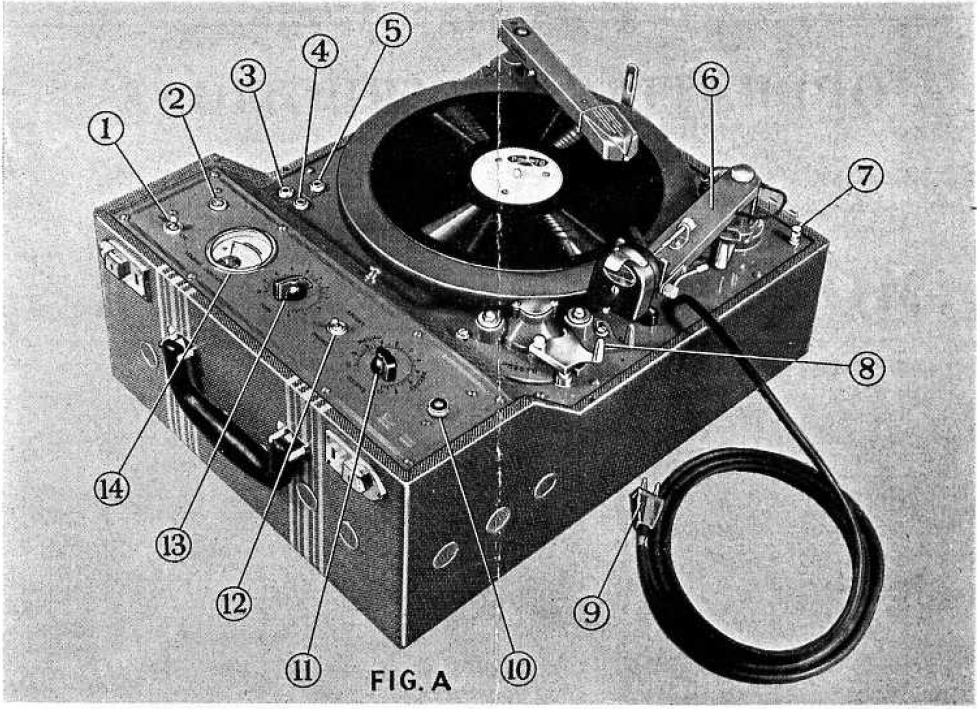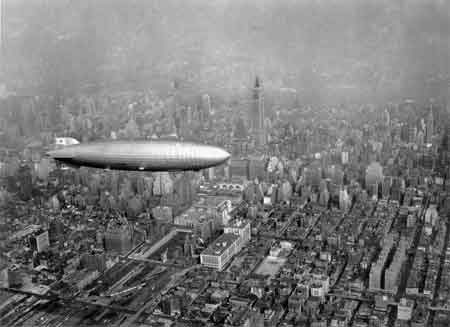Getting to Know the PRESTO – #1 – Nightmares in Recording, and in History
The 1930s PRESTO Model “K” Recorder we use is a beautiful piece of vintage machinery, masterful in design and functionality. It functions not only as a single mic direct-to-acetate audio recorder, but also as a public announcement system, a dubbing device, a source of fascination, and quite often, a source of frustration. Below is the first installment of our “Getting to Know the PRESTO” series, in which we invite you into the inner workings of the machine that put us on the roller coaster ride that is making a field recording record.
Alan Lomax has said that a large part of his training before embarking on his first field recording trip was learning how not to be afraid of the PRESTO. We at The 78 Project know exactly what he means. It’s a fine line between a beautiful, even groove filled with the earth-shattering sounds of a live musician singing their heart out, and a wobbly, uneven, catscratch. We’d like to pat ourselves on the back for (most of the time) feeling like we’ve got it under control, just like Alan learned how to be the boss of the PRESTO all those years ago. But the possibilities of things that could go wrong outlined in our original PRESTO manual are the stuff of horror movies! Well, very niche horror movies for people afraid of making bad records. Here’s the first of some of our favorite selected nasty outcomes for the unlucky field recorder:
Thread Becomes Tangled in the Needle
As it cuts, the PRESTO throws up a thread about the thickness and texture of human hair. That’s the negative space from the sound! But not only is it INCREDIBLY FLAMMABLE, it can also become lodged under the cutting needle if it isn’t constantly guided away with a brush. You want to ruin the shirt you’re wearing? Try being the one holding the brush as the record spins. Guaranteed to make you sweat.
PRESTO LORE #1
One of the earliest documented uses of PRESTO recorders for delayed radio broadcast was of the Hindenburg disaster in May of 1937. Reporter Herb Morrision and engineer Charlie Nehlsen had been invited to record interviews with passengers embarking from the voyage.


